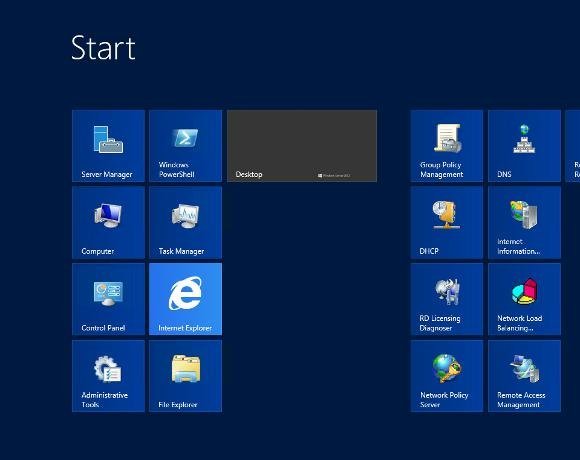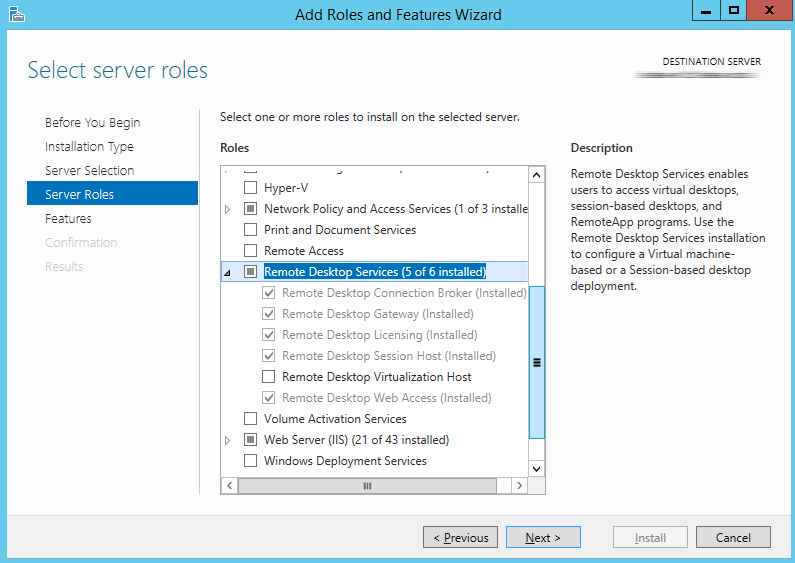

PuTTY is an SSH and telnet client, developed originally by Simon Tatham for the Windows platform. That's it! As soon as you click Apply, the new settings will be saved: from now on, all newly-initialized Remote Desktop session will be disconnected after the given amount of time.Download PuTTY - a free SSH and telnet client for Windows In the right panel, double-click the Set time limit for active but idle Remote Desktop Services sessions policy: in the modal window that will appear, activate it by switching the radio button from Not configured to Enabled, then set the desired amount of time in the drop-down list right below.Navigate to Administrative Templates > Windows Components > Remote Desktop Services > Remote Desktop Session Host > Session Time Limits.In the left panel, expand the Computer Configuration node or the User Configuration node, depending if you want to change the RDS behaviour on system-scope (recommended for this scenario) or on users-scope (see below for the differences).msc to launch the Local Group Policy Editor snap-in. Those who want to PASS this - assuming they're using Windows-based server machines - will need to adjust the behaviour of the Remote Desktop Session Host, which features no given timeout by default.

That's something we can easily expect from a decent Risk Assessment questionnaire.

Session time-out is required for systems with payment card data if idle for more than 15 minutes. IT application and system sign-on mechanisms must be configured to limit the duration of any one sign-on session (session time-out). Here's a common RA requirement that can be met in such way: This is the first one of them, in which we'll be talking about setting up a Remote Desktop Session Time Limit for active, yet idle connections in Windows Server 2012. Since I've also been working on this, I'll share some basic knowledge that will be most likely useful for those who need to do that in a series of dedicated posts on this blog. If you're a System Administrator and you had to perform a Risk Assessment, Security Assessment, Due Diligence or Compliance Questionnaire at least once, you most likely know that in order to meet the security requirements asked by most modern regulations and standards - such as the ISO/IEC 27001:2013, ISO/IEC 27002:2013, ISO/IEC 20000:2011, NIST CyberSecurity Framework, SSAE/SOC2, ITIL, PCI-DSS and so on - you have to setup your Windows Server environment accordingly.


 0 kommentar(er)
0 kommentar(er)
